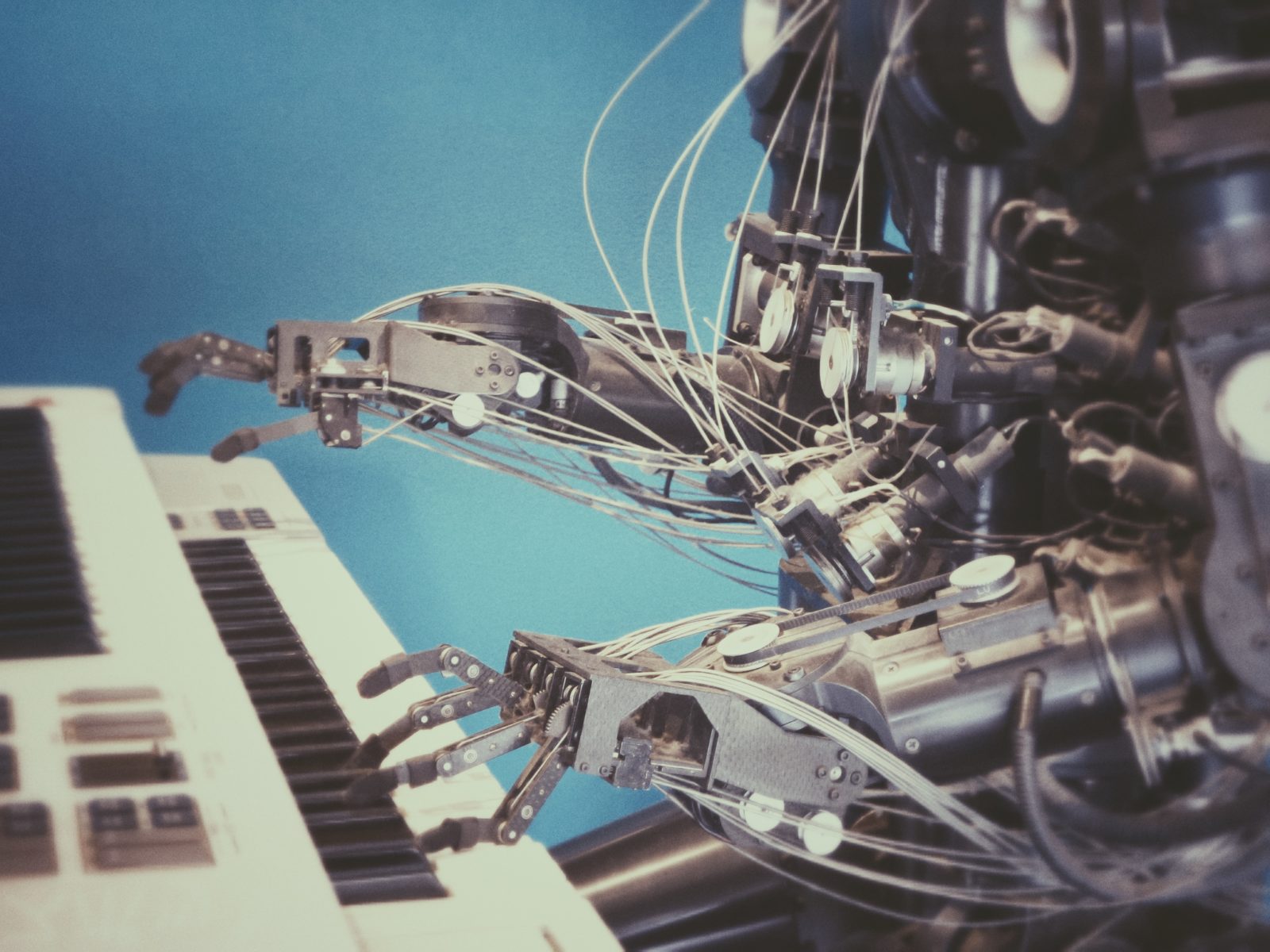Brief • 5 min Read

With programs like DALL-E 2 and ChatGPT producing increasingly impressive works, some professionals have started to wonder what generative AI entering the mainstream will mean for their careers. Many are seeing the advent of generative AI as the creative industries finally experiencing the automation that decimated many blue collar jobs at the start of the 21st century.
However, this narrative might not reflect reality.
A noteworthy number feel uneasy about generative AI
While generative AIs can create products that convincingly pass as human creations, experts say that the technology’s main utility is not as a replacement for human workers, but as a tool that professionals use. That said, the framing of generative AI as a competitor rather than a tool has likely had a negative impact on how the American workforce views this new technology.
According to Harris Poll data, most workers are wary of generative AI. Half (50%) don’t trust generative AI technology. This distrust is completely understandable, considering the positioning of AI as something that can do a job more efficiently than a human, and the ethical concerns surrounding copyright protection the use of generative AIs bring up.
That said, only two in five (38%) professionals think generative AI is a fad. Even with generative AI still in its early stages of adoption, the technology seems to have staying power.
Generative AI can’t replace human creativity
An underreported aspect of generative AI is how much human involvement is needed to make a work that passes in professional settings. The technology is extremely sensitive to the prompts that are given to it. For an image or body of text to come out looking like a human made it, the person prompting the AI needs to have expertise in the medium the technology is working in.
Even with a perfect prompt, generative AIs don’t produce perfect products each time. Imperfect products are prevalent enough that developers have a name for them: “hallucinations.” Examples like ChatGPT writing a convincing text about mayonnaise being a racist condiment or disturbing faces on thishumandoesnotexist.com show the limitations of generative AI programs. Working with generative AI requires the creative know-how to edit products in order to make compelling work.
These instances of generative AI programs producing something particularly inhuman illustrate a central limitation of the technology: generative AI can’t think in the same way that humans do.
Creativity and critical thinking are recursive processes, meaning that the steps related to creating something are interconnected and don’t have to happen in a set order. Generative AI programs don’t work in this way. They create works by replicating patterns they find in other products, and don’t usually have the capacity to edit or rethink a piece once they consider it done.
These limitations of generative AI are likely felt by the general public, even if they don’t have the vocabulary to describe them. Three in five (58%) U.S. adults think things created by generative AI are less impressive than things created without using AI tools (i.e., by a person), and nearly half (44%) agree that it’s easy to tell the difference between something created by generative AI and something created by a person.
Framing technology as a tool, not a competitor
When generative AI is framed as something people use, rather than something they compete with, the public has a different perception. Only one in ten (15%) U.S. adults oppose creators using generative AI to make mainstream content, and only 12% oppose brands using the technology to make ads.
In this way, it’s more useful to think of generative AI as a tool professionals can use to efficiently push past time-intensive parts of their work (e.g., brainstorming) rather than a technology that they are competing against for job opportunities.
Generative AI needs a rebrand, before it’s too late
The generative AI industry needs to rebrand this technology before the public turns against the technology. Recently, we’ve seen emerging technologies with several use-cases get pigeon-holed into extremely limited applications. Because of their inability to rebrand, these promising technologies have been categorized as fun novelties rather than innovative tools.
For generative AI to become useful for all professionals, generative AI companies need to show the public that AI could be a world-changing resource for those that utilize it instead of an unbeatable rival.
Subscribe for more Insights
Subscribe to our newsletter for the latest trends in business, politics, culture, and more.
Download the Data
Generative AI Data
Download
Subscribe for more Insights
Subscribe to our newsletter for the latest trends in business, politics, culture, and more.
Download the Data
Generative AI Data
DownloadRelated Content







